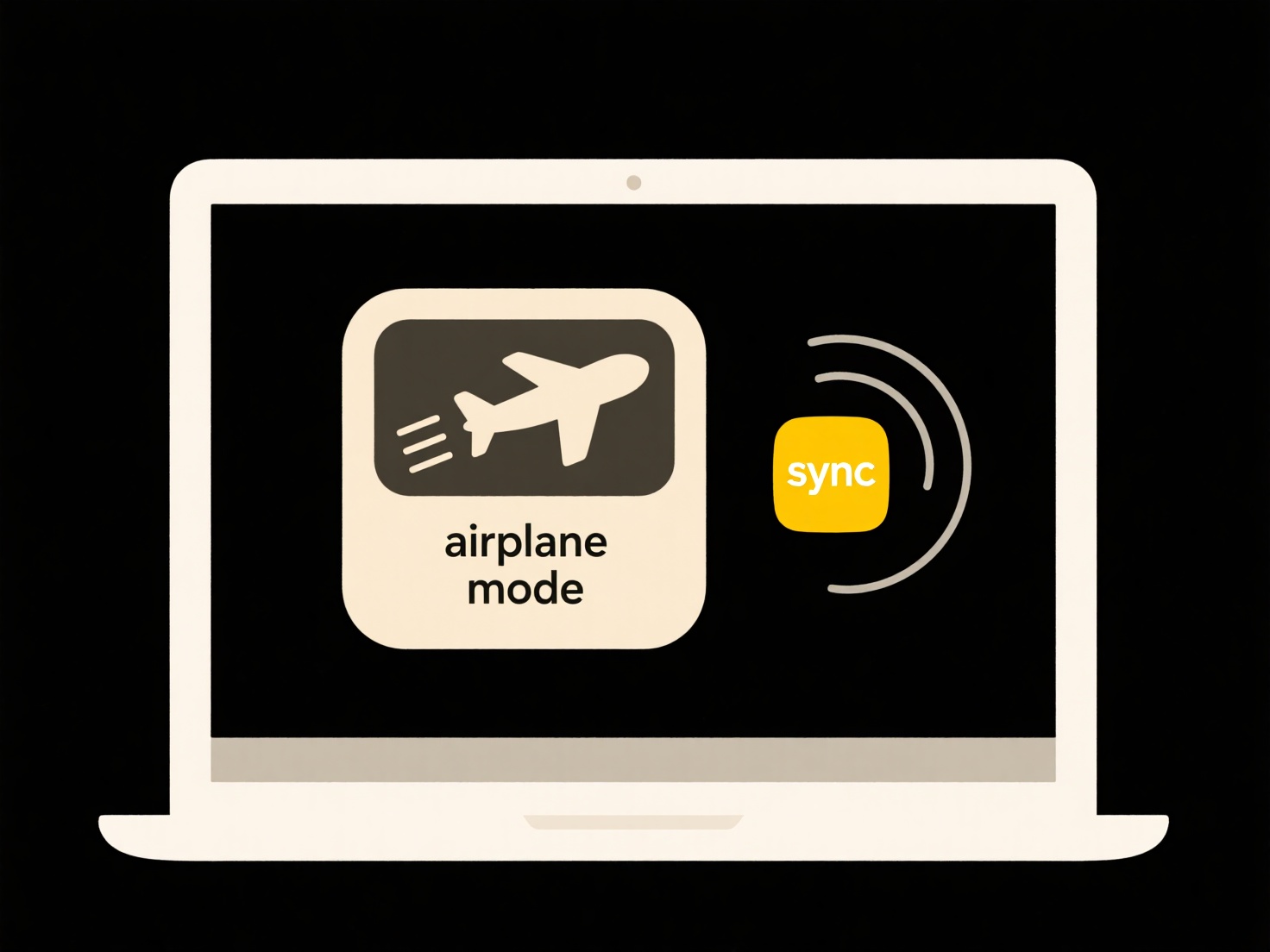
Syncing shared files to your local computer creates an exact, automatically updated copy of those files stored in a shared cloud service or network location directly on your hard drive. It differs from simply accessing files online: once synced, you can view and edit them offline using applications installed on your computer. Changes you make locally are uploaded to the shared location, and changes made by others are downloaded to your computer whenever an internet connection is available, ensuring everyone has the latest version.

Common examples include using cloud storage platforms like Dropbox, Google Drive, or OneDrive for personal files or shared project documents. In workplaces, platforms like SharePoint, Microsoft Teams shared channels, or network drives are frequently synced to local machines using tools such as OneDrive sync for SharePoint or dedicated file sync clients configured by IT departments.
The primary advantage is constant offline access and faster file interaction. However, it consumes local storage space and requires a stable internet connection for updates to propagate. Users must be mindful of local device security to protect sensitive synced files and adhere to organizational policies regarding confidential information storage. Ethical handling of shared data is crucial, even when stored locally.
How do I sync shared files to my local computer?
Syncing shared files to your local computer creates an exact, automatically updated copy of those files stored in a shared cloud service or network location directly on your hard drive. It differs from simply accessing files online: once synced, you can view and edit them offline using applications installed on your computer. Changes you make locally are uploaded to the shared location, and changes made by others are downloaded to your computer whenever an internet connection is available, ensuring everyone has the latest version.

Common examples include using cloud storage platforms like Dropbox, Google Drive, or OneDrive for personal files or shared project documents. In workplaces, platforms like SharePoint, Microsoft Teams shared channels, or network drives are frequently synced to local machines using tools such as OneDrive sync for SharePoint or dedicated file sync clients configured by IT departments.
The primary advantage is constant offline access and faster file interaction. However, it consumes local storage space and requires a stable internet connection for updates to propagate. Users must be mindful of local device security to protect sensitive synced files and adhere to organizational policies regarding confidential information storage. Ethical handling of shared data is crucial, even when stored locally.
Quick Article Links
Why don’t files from external drives show in search?
When files from an external drive don't appear in your computer's main search results, it's usually because search index...
Can Linux open Microsoft Office files?
Linux distributions generally support opening Microsoft Office file formats, including DOCX, XLSX, and PPTX, through alt...
Why does my cloud storage keep creating conflict copies?
Conflict copies occur when your cloud storage service (like Dropbox, OneDrive, or Google Drive) detects multiple incompa...